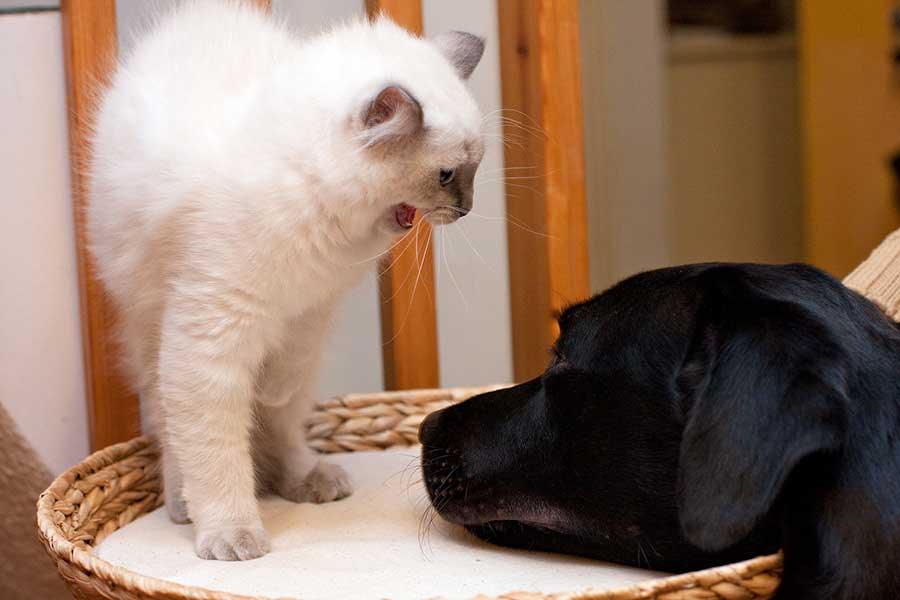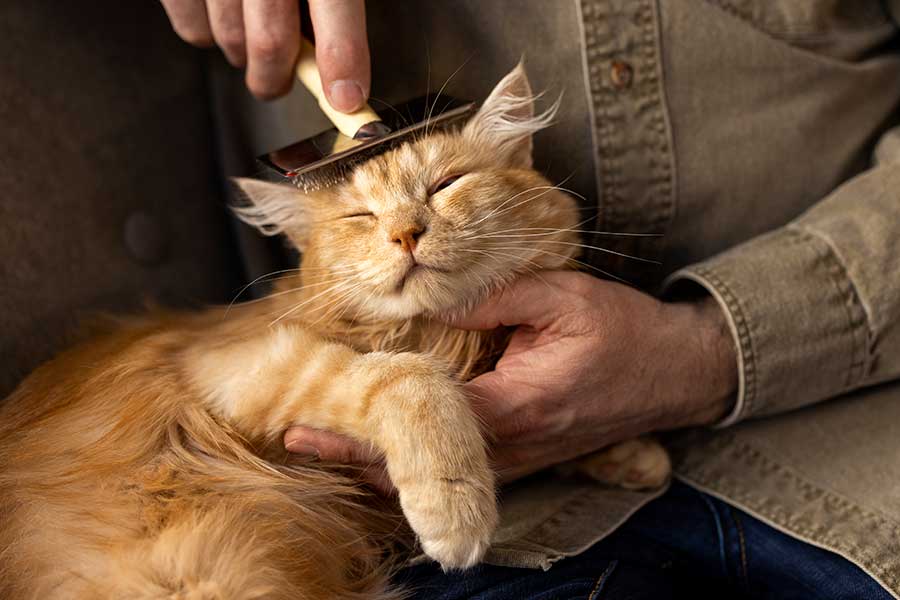Raw feeding for cats is becoming a popular choice among cat owners who want to offer their pets a more natural and species-appropriate diet. It focuses on feeding cats uncooked meat, bones, and organs—foods that reflect what felines would eat in the wild.
Many cat lovers are now exploring this feeding method to support their cat’s health and well-being. In this post, you’ll discover what raw feeding is, its benefits and risks, and how to start it the right way.
What is Raw Feeding for Cats?
Understanding the Basics
Raw feeding for cats is based on giving your cat raw, unprocessed food. This usually includes:
- Raw meat
- Edible bones
- Organ meat
- Sometimes raw eggs, fish, or supplements
This approach avoids fillers, preservatives, and grains found in commercial cat food. Since cats are obligate carnivores, they depend on animal protein and certain nutrients that are naturally found in raw meat. This method of feeding aims to provide a diet that is closer to what cats were designed to eat.
Why Choose Raw Feeding for Cats?
Natural Diet, Better Health
One reason cat owners are choosing raw feeding for cats is the noticeable improvement in their pet’s health. Many report a shinier coat, more energy, cleaner teeth, and less smelly litter boxes.
When cats eat a diet full of nutrients their bodies naturally need, their digestion tends to improve. They may also develop stronger immunity and fewer allergies. Unlike some processed foods, raw meals don’t contain artificial ingredients that can upset sensitive stomachs.
Health Benefits of Raw Feeding for Cats
What You Might Notice Over Time
Here are a few potential benefits of raw feeding for cats:
- Shinier Coat – The natural oils in raw meat can help make your cat’s fur softer and shinier.
- Improved Digestion – Without fillers or additives, raw food is easier to digest.
- Cleaner Teeth – Chewing raw bones may help scrape off plaque and support oral health.
- Higher Energy Levels – Balanced nutrition often leads to more active, playful behavior.
- Smaller, Less Smelly Stools – This is a common benefit noticed by many raw feeders.
Every cat is different, but some show visible improvements within a few weeks of switching diets.
Things to Watch Out For
Safety and Balance Come First
While raw feeding for cats has its benefits, it also requires extra care. Raw meat can carry harmful bacteria like salmonella or E. coli. That’s why food safety is very important. Always clean surfaces, wash hands, and store meat properly.
Another issue is keeping the diet balanced. Cats need specific nutrients, such as taurine and calcium. A raw diet that doesn’t include the right mix of meat, organs, and bones can cause serious health problems over time. It’s a good idea to talk to a vet or pet nutritionist to make sure your cat gets everything they need.
How to Start Raw Feeding for Cats
Go Slow and Monitor Your Cat
If you’re planning to try raw feeding for cats, start slowly. Begin by mixing small portions of raw food into your cat’s usual meal. Gradually increase the amount of raw food over 7 to 10 days.
During the transition, watch your cat’s behavior and stool. If you see signs of discomfort or illness, slow down or pause the switch. Always make sure the meat is fresh, and never feed cooked bones.
Some cat owners find it easier to use pre-made raw food from trusted brands, which are already balanced and portioned.
What Goes into a Raw Cat Diet?
A Simple Feeding Guide
A proper raw feeding for cats plan usually includes:
- Muscle Meat (70–80%) – Chicken, turkey, beef, rabbit
- Edible Bones (10%) – Chicken necks, wings, or quail (never cooked)
- Organ Meat (10%) – Liver, heart, and kidney
- Extras – Raw egg yolk, sardines, or supplements (optional)
It’s important to keep the right balance. Too much liver or bone can upset your cat’s system. Make sure organs make up no more than 10% of the meal, and only 5% should be liver.
All food should be fresh and handled with care. Freezing meat for a few days before serving helps kill parasites. Avoid adding seasonings, onions, garlic, or anything processed.
You can also rotate proteins every few weeks to keep things interesting and well-rounded.
Is Raw Feeding for Cats Affordable and Easy?
Managing Costs and Convenience
People often think that raw feeding for cats is expensive and time-consuming. It can be at first, especially if you’re buying high-quality meats. But buying in bulk, preparing meals at home, or using frozen raw food brands can help you save money.
Time-wise, raw feeding takes a bit more effort than opening a can or pouring kibble. However, many cat owners say it’s worth it when they see how happy and healthy their cats become.
If you’re consistent and organized, preparing raw meals becomes part of your routine.
Final Words
Raw feeding for cats is a natural and rewarding way to support your pet’s health. It may take some time to adjust, but many cat owners feel it’s one of the best decisions they’ve made.
Before switching, do your research, talk to your vet, and go step-by-step. Every cat is different, so be patient and keep an eye on your cat’s progress. Whether you go fully raw or just add some raw meals to the mix, the goal is always the same—help your cat live a longer, healthier life.
FAQs-About Raw Cat Food
Can I mix raw food with kibble or canned food?
It’s best to avoid mixing raw and kibble in the same meal, as they digest differently. Feed them at separate times if you want to use both.
How do I store raw cat food?
Freeze raw food in meal-sized portions. Thaw in the fridge, and serve within 24 hours. Never leave it out too long.
Can all cats eat raw food?
Most healthy adult cats can. However, older cats or those with health issues should be checked by a vet before switching diets.












